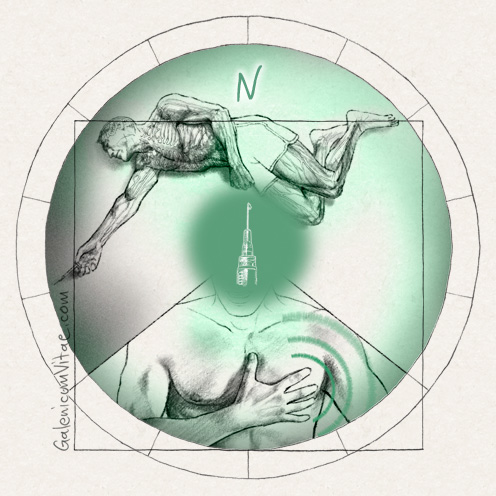Heroin is a narcotic with an analgesic and hypnotic effect as it is a derivative of morphine (opioid). Its half-life after administration is 4-12 hours depending on its purity and the user's tolerance level. The addictive potential is based on the occupation of the opioid receptors in the central nervous system with sedation, analgesia, and the feeling of well-being produced.
Its effects depend on the amount consumed; there are two types of consequences:
- In the short term: dry mouth, nausea, confusion, decreased pupil size, intestinal constipation and a slow rate of breathing. Risk of overdose and death from respiratory arrest.
- In the long term: changes in nutrition and hygiene, reduced sex drive, depression, constipation, cardiovascular and nervous system alterations. There are symptoms that go along with dependence and the intravenous route of administration such as lack of hygiene (infections).

 Digestive
Digestive  Blood
Blood Cardiovascular
Cardiovascular Dermatology
Dermatology Genitourinary,
Genitourinary, Hormones
Hormones Infections
Infections Oncology and
Oncology and Musculo-skeletal
Musculo-skeletal Mental health and
Mental health and Parasites
Parasites Respiratory
Respiratory Senses
Senses Various
Various




